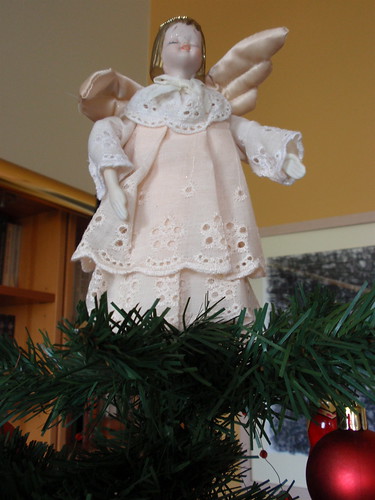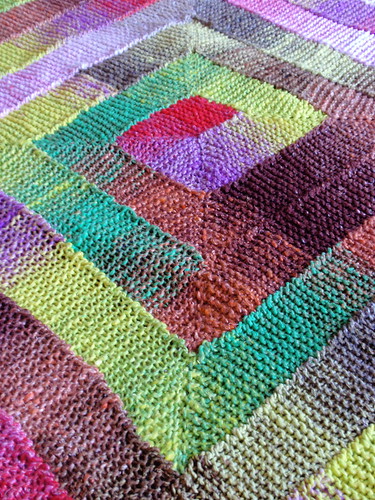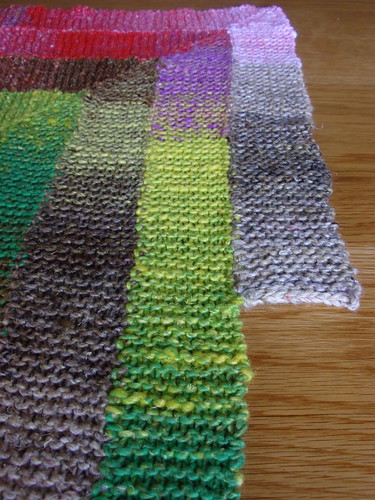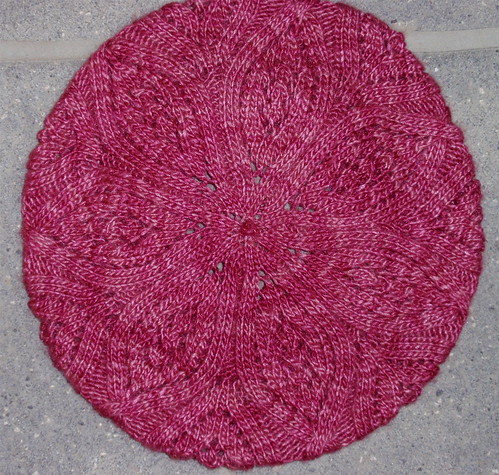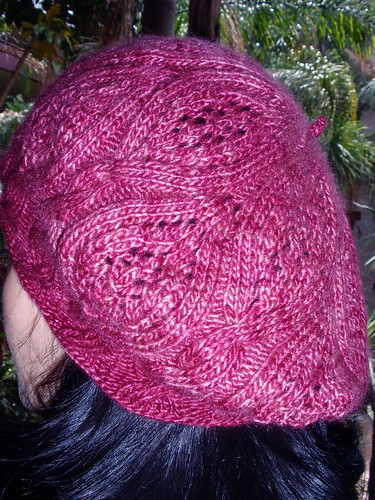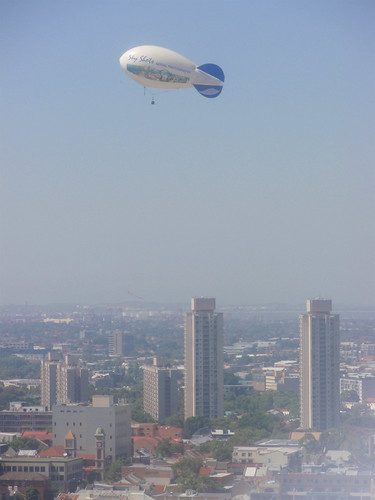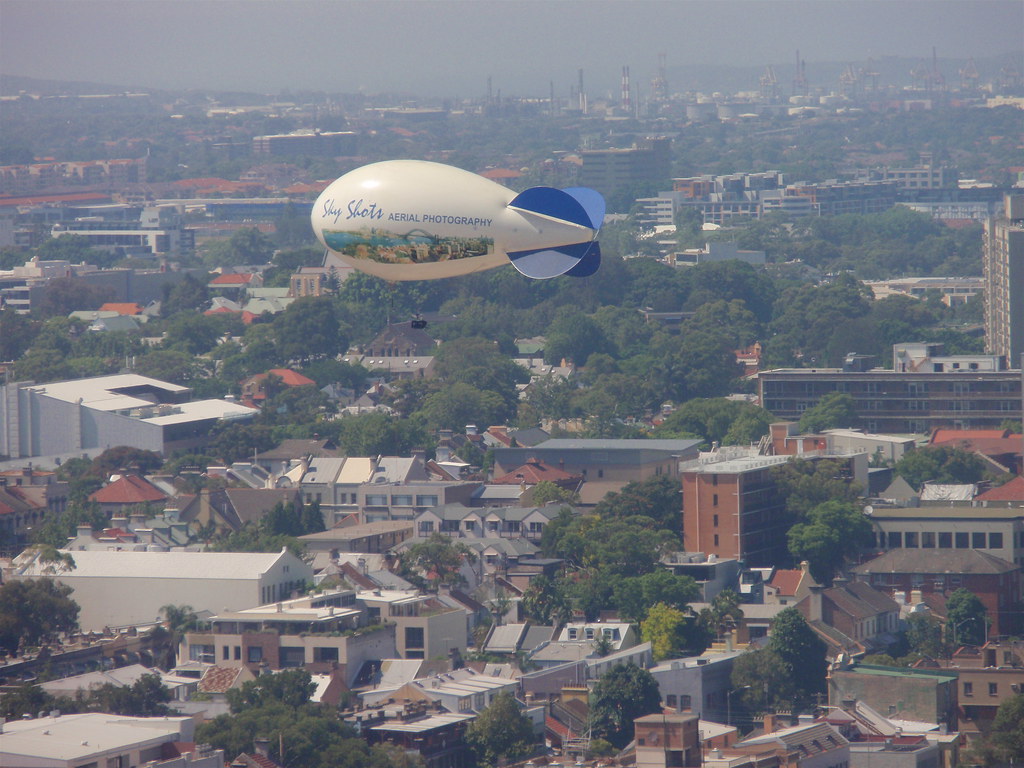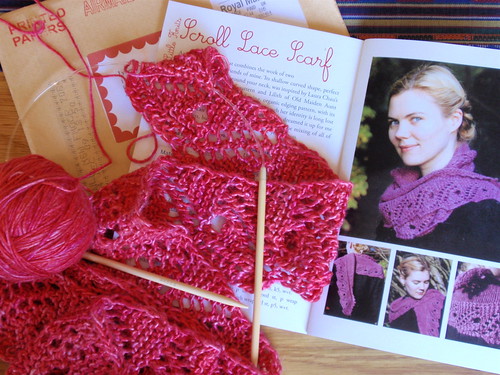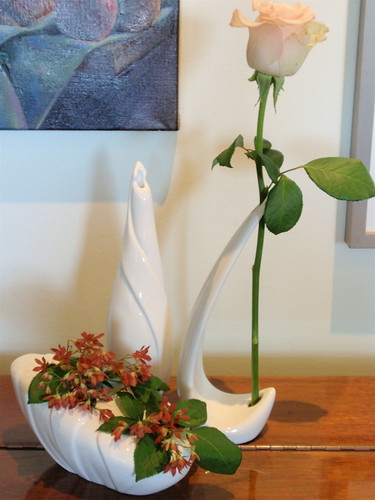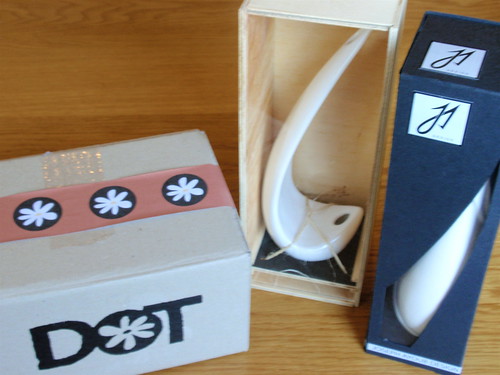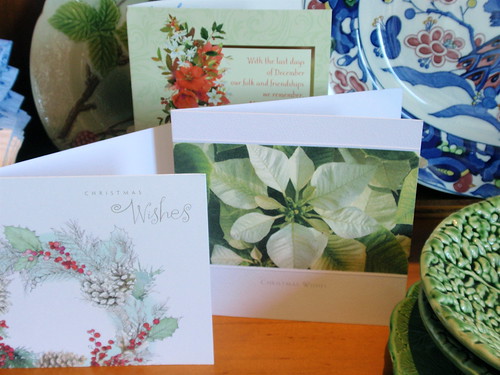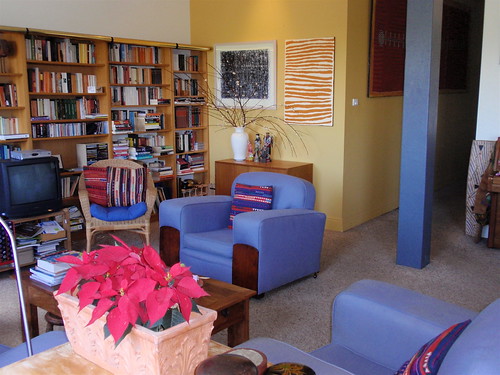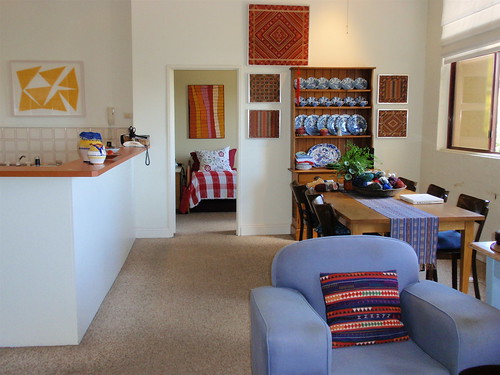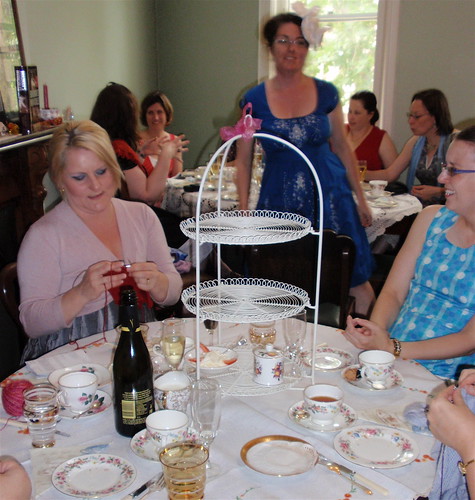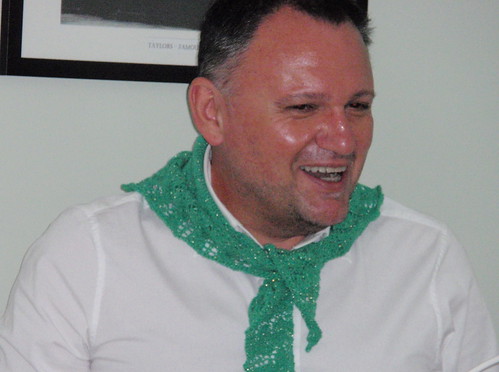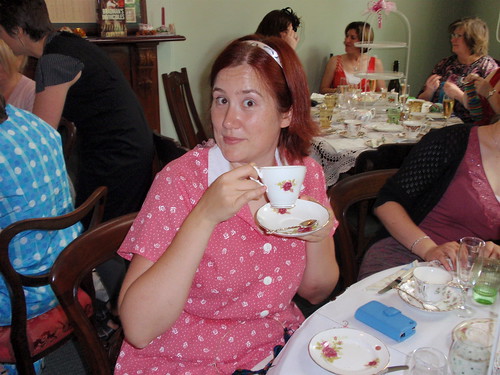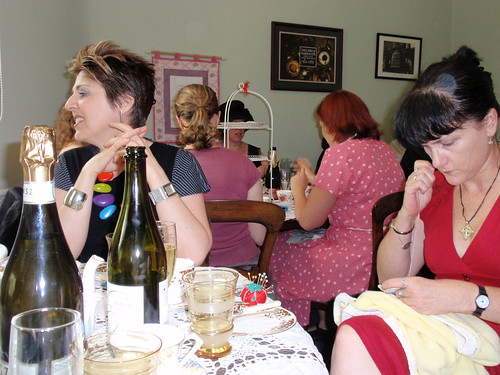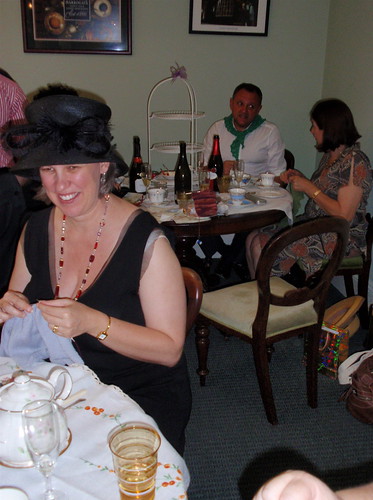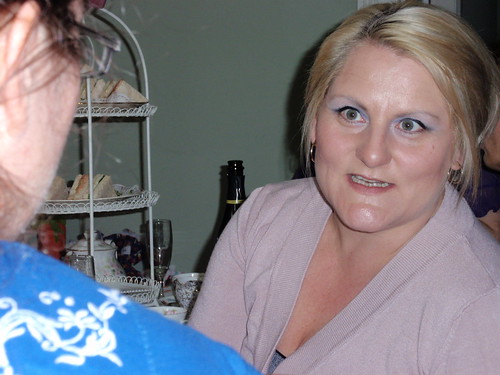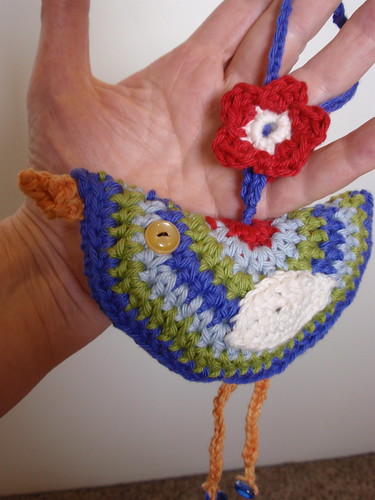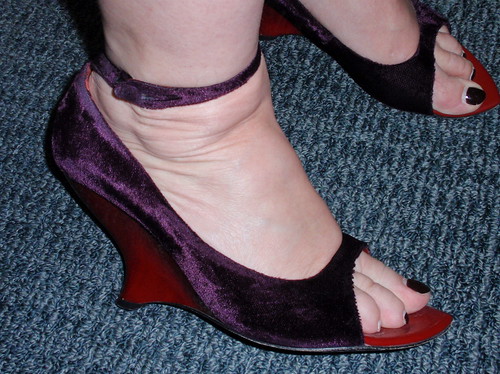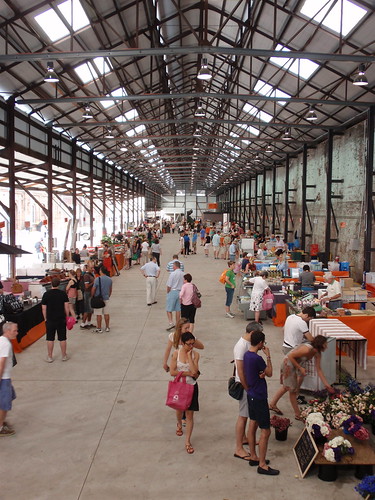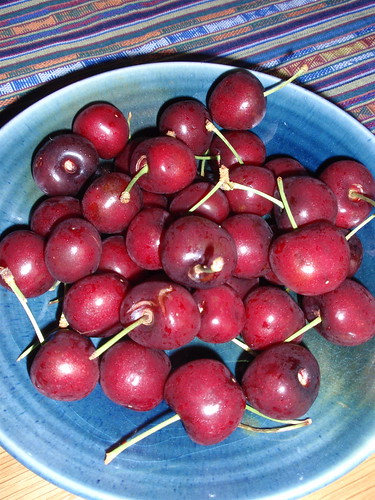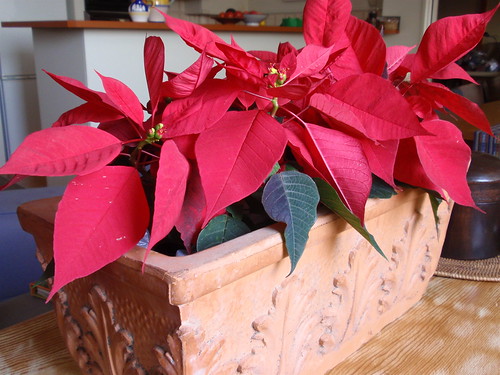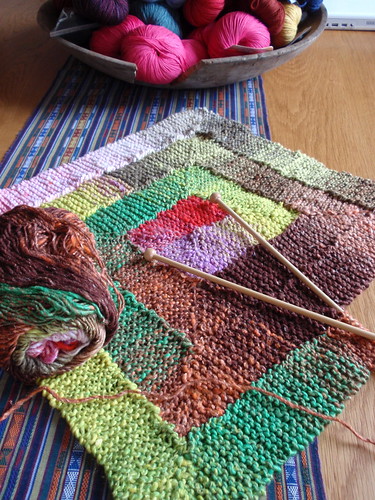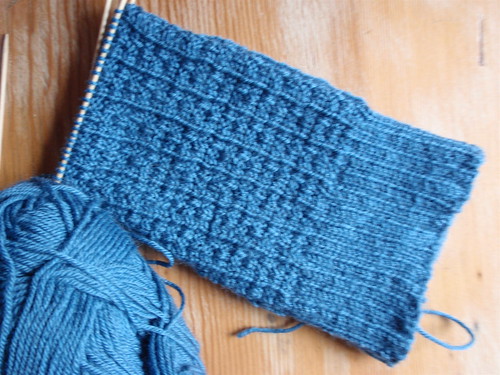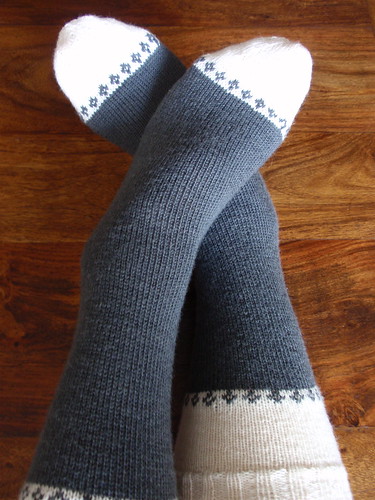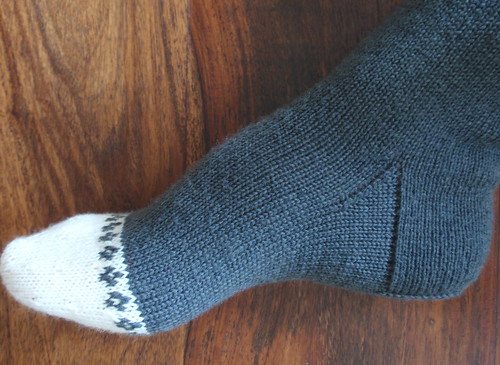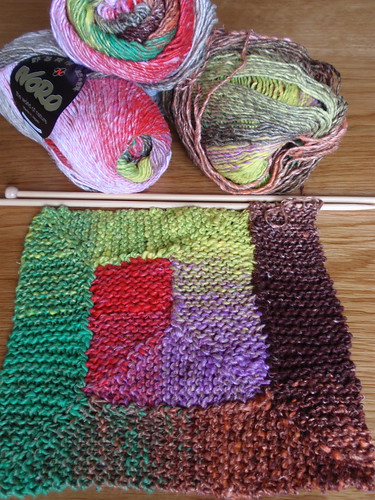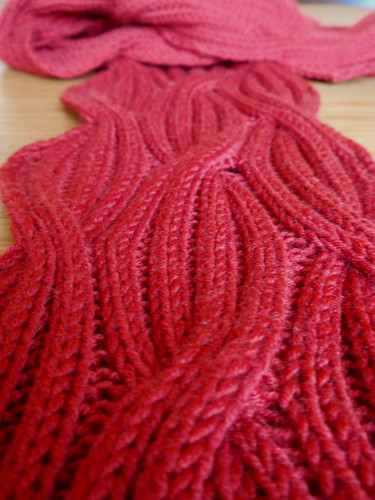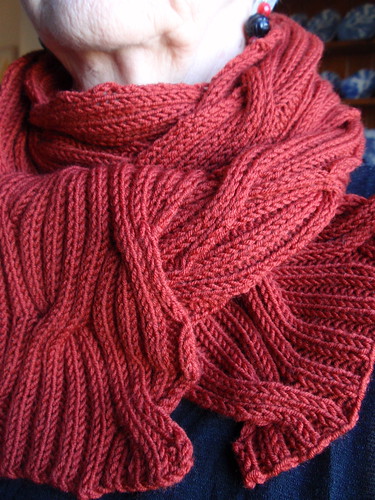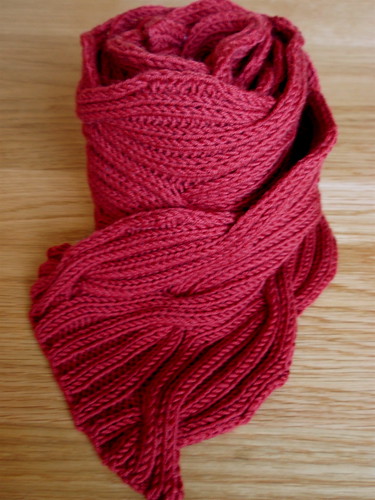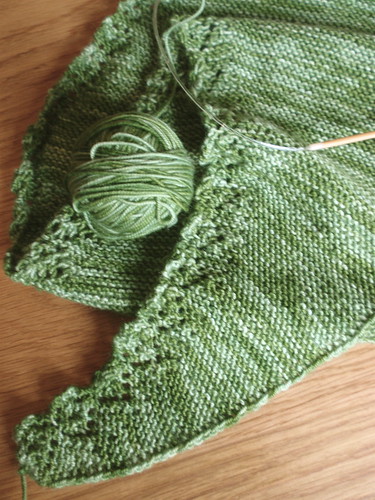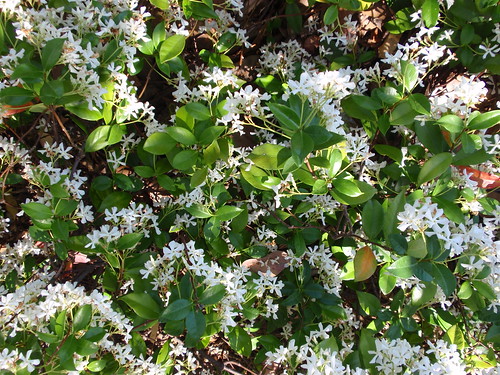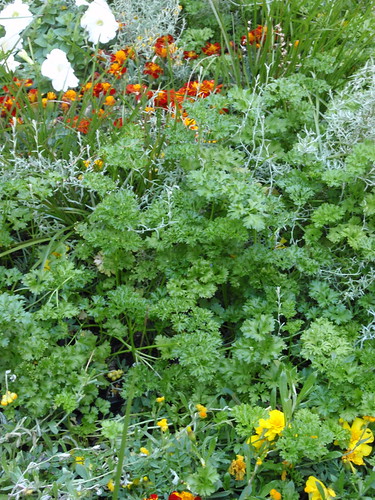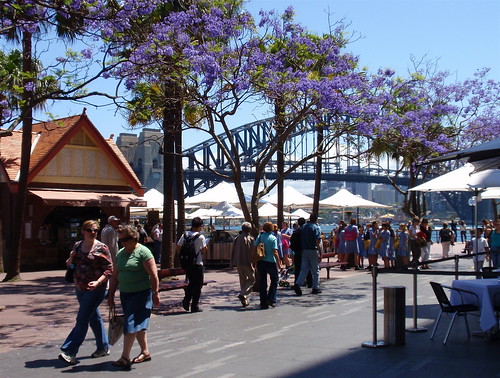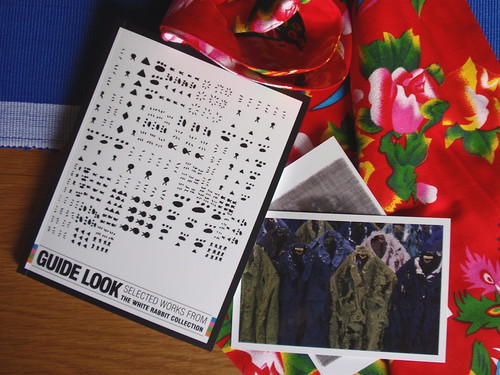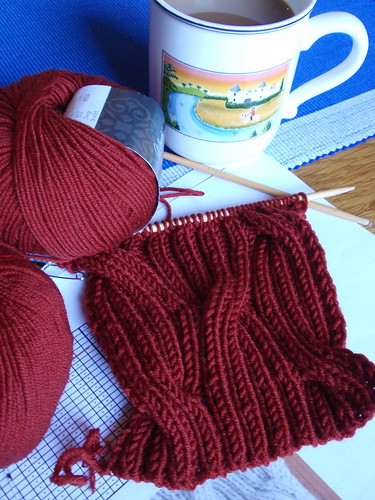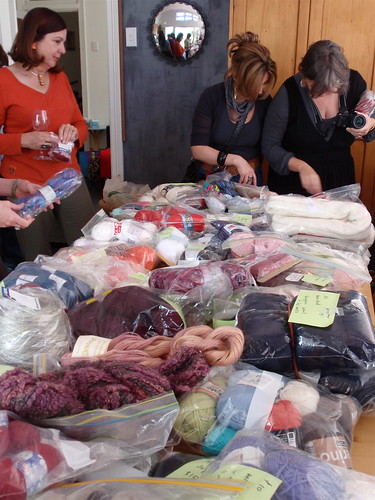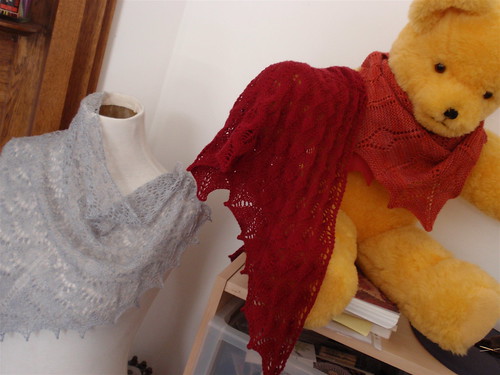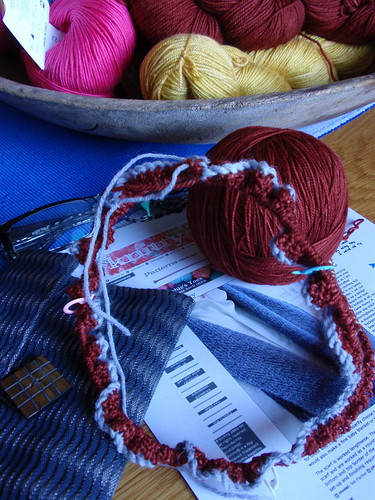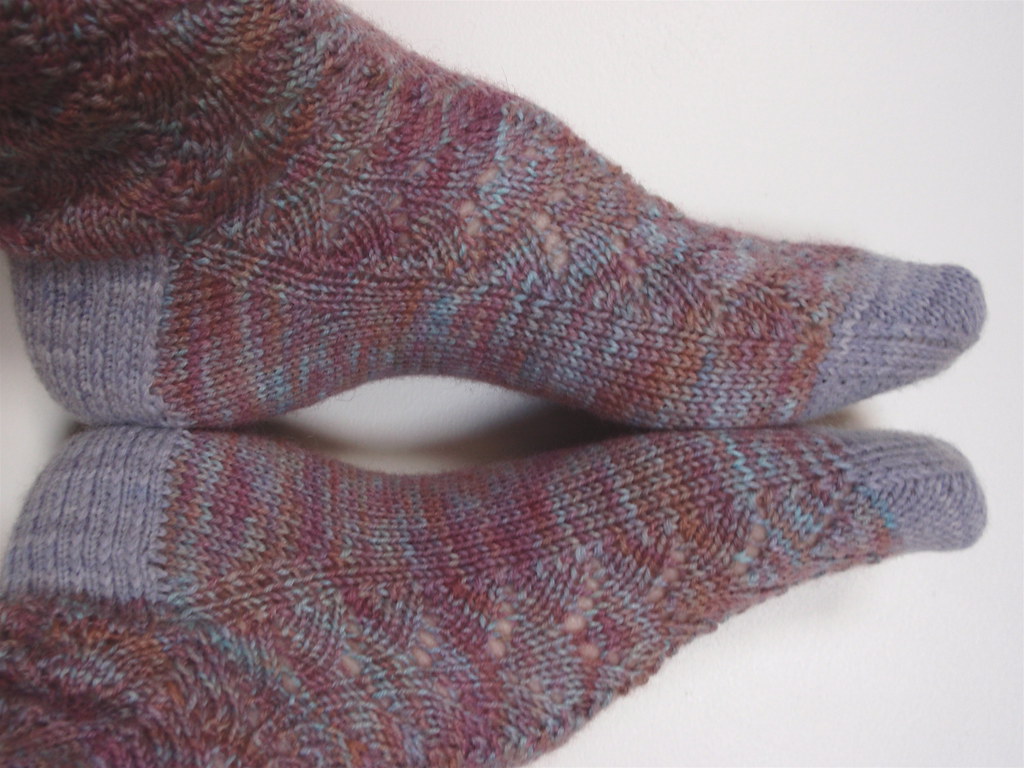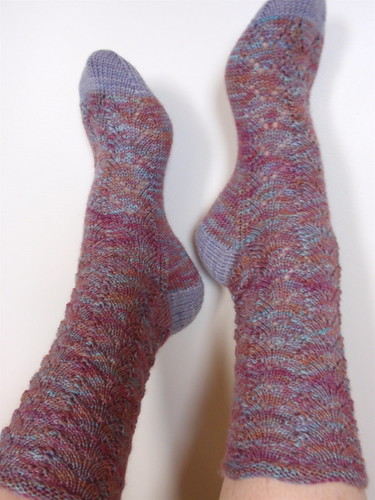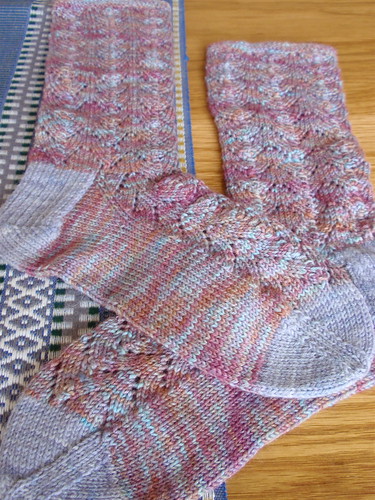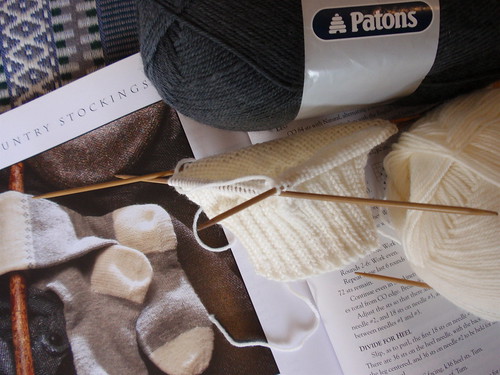As always, Canberra seemed to me a city of contradictions and compromises. As all Australian schoolchildren know (and as anyone who tours Parliament House (as we did) learns), Canberra's location results from an attempt to assuage the rivalry between Sydney and Melbourne. All state capitals in Australia are seaboard cities - looking outwards to the rest of the world from where all of us, other than indigenous Australians, arrived. Canberra is resolutely land-locked in the most Australian of landscapes. Rolling hills, paddocks, gum trees - even kangaroos - not only surround the city but are interspersed between the devolved centres of development. And yet, until recently, most people in Canberra came to Canberra from elsewhere. It's a recent creation and very much the result of internal migration.
Canberra is a city of public institutions and the grand buildings that house them. But it's also an informal city that allows visitors easy access to its grandeur. It seems to regard its institutions as belonging to all of us and encourages us to participate.
This was really evident in our visit to Parliament House.

[I have a remarkable ability in my photographs to make spaces that in reality are teeming with people, appear to be completely deserted]
You need to go through security checking of your bags and person to enter, but once inside the grandeur of the building is balanced by groups of people informally chatting and wandering and exclaiming. The large spaces seem to encourage the children to run and play and have fun. I particularly liked the sight of groups of children rolling with great hilarity down the grassy slopes that form the roof of Parliament House.
We had a brief moment when we thought we might see the current visiting exhibition at the National Gallery. But the extraordinary length of the queues, and the presence of my small grand-daughter meant we reconsidered our options. Nevertheless, it was heartening to see so many people of all ages, dressed in their thongs and sandals, shorts and t-shirts, interested in the exhibition.
We made the sensible and enjoyable decision to spend most of out visit in the National Gallery's Sculpture Garden - which is really just a part of the publicly accessible grounds surrounding the Gallery. These wonderful sculptures can become part of people's daily walk or cycling routine.
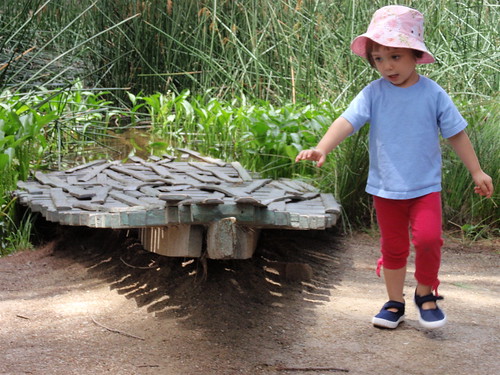
[Robert Stackhouse (1984) 'On the Beach Again'. I particularly like the way the shadows make it look as if the boat is floating on water]
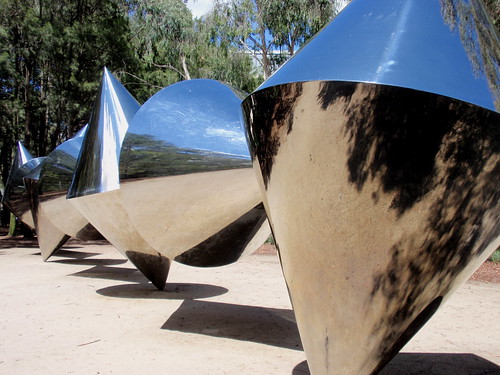
[Bert Flugelman (1982) 'Cones']
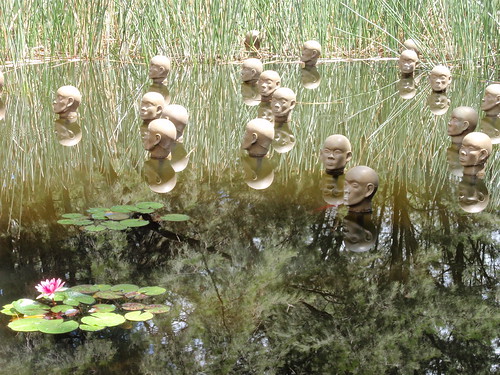
[Dadang Christanto (2004) 'Heads from the North'. I love this work. Christanto is an Indonesian artist, now living in Darwin. Like all good art this piece has relevance well beyond the context in which it was originally created and is poignant as we hear almost daily of asylum seekers from the north.]
So, we enjoyed our visit to Canberra with its grandeur and informality, its rural location and its centrality to Australian life, and its general sense of a nation in formation. When we visited my brother, the dotee decided to describe all her newly encountered relatives as 'my people'. In the same spirit of affectionate appropriation, I'll regard Canberra as 'our place'.
